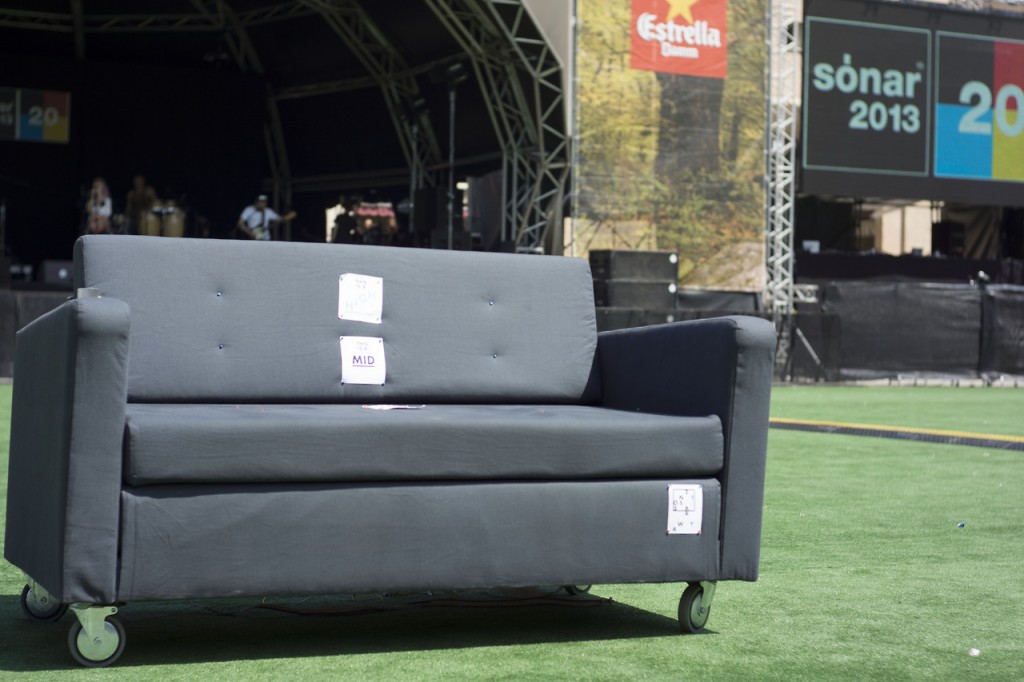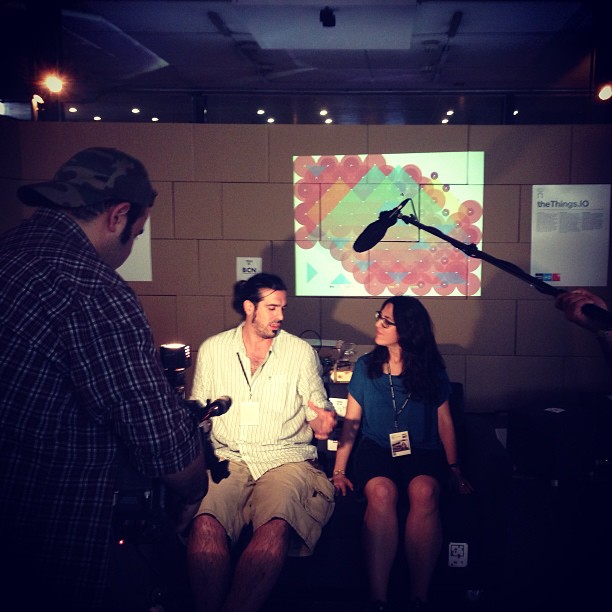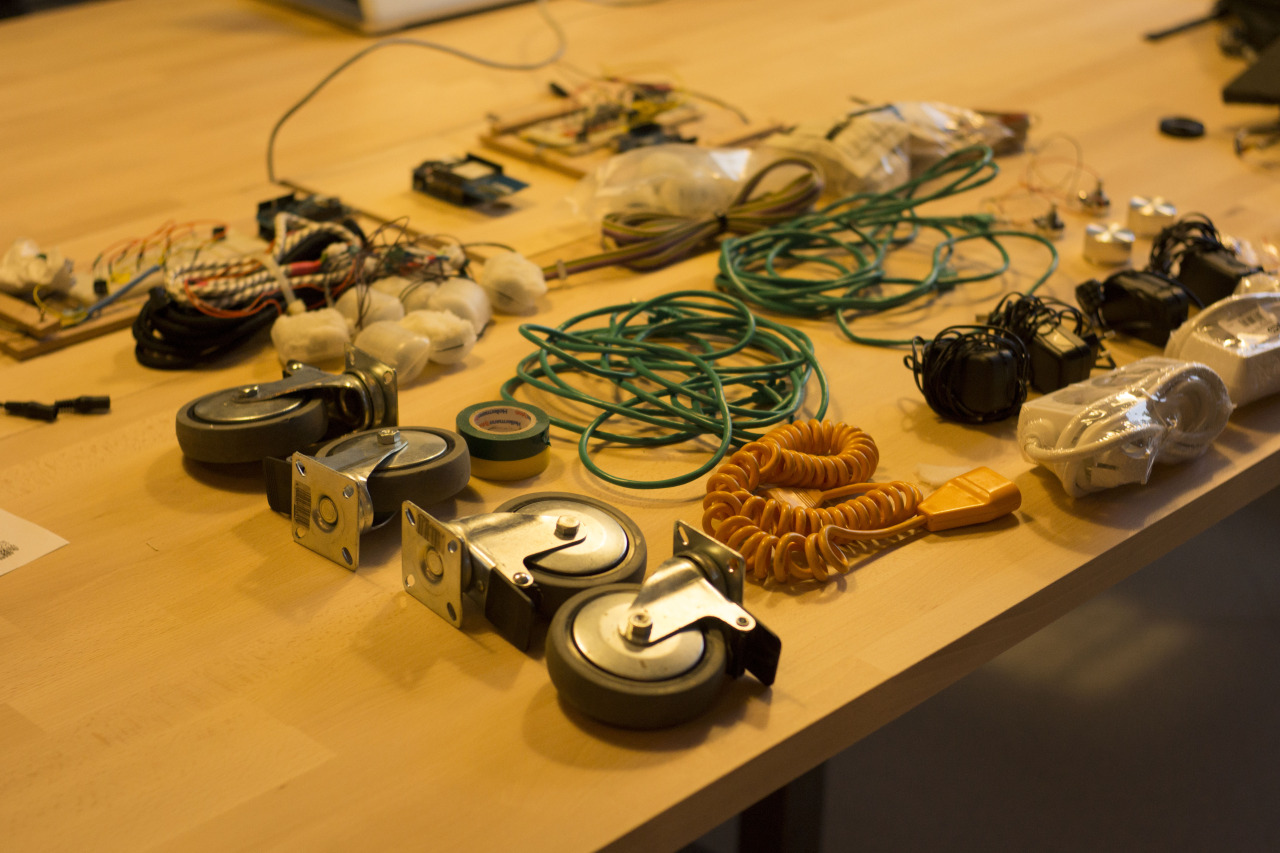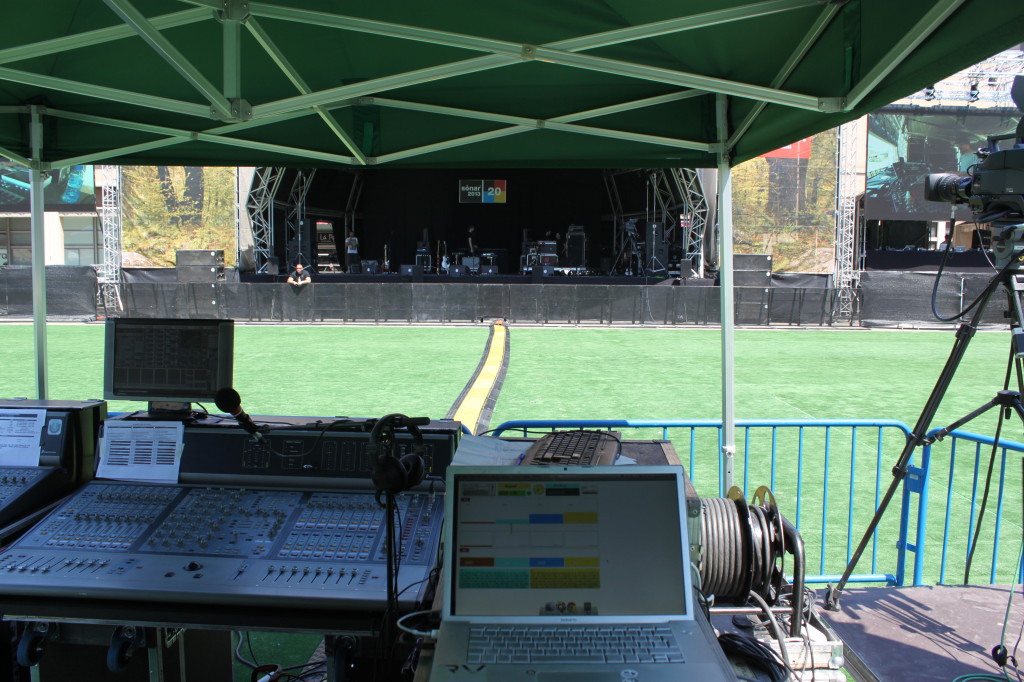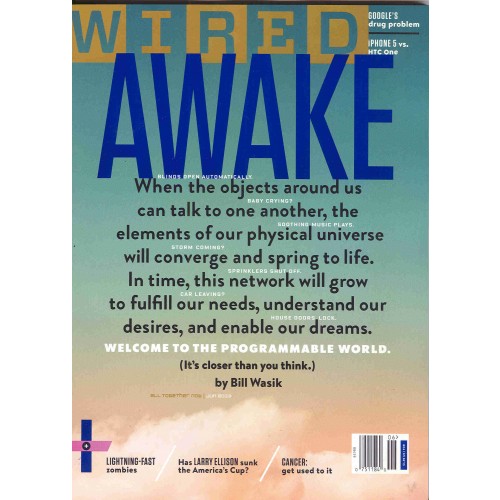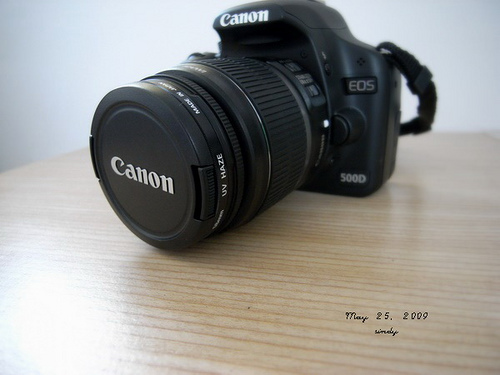We Have Been Interviewed by ARA.cat
The newspaper Ara is one of the newest newspapers in Catalonia. Every sunday there is a special magazine focused on new technologies and entrepreneurship. Last week, they interviewed our founder Marc Pous.
Translation in English
Marc Pous is a computer engineer and since some years ago he has been involved on the Internet of Things research scenario. That means, how to connect quotidian objects around us to the Internet and how people interact with them.
“The costs to make processors have decreased a lot and today is much easier to integrate computers inside objects: from watches, glasses, bikes or even plants at home”, says Pous, born in Barcelona. “One thing is to manage three or four mobile applications to interact these gadgets, but when we will have 30 or 40 gadgets connected to the Internet it will be much more complicated”, add the entrepreneur.
In June, Pous created the company Next Big Thing Labs SL with the goal to launch the platform thethings.iO, a kind of social network where users will be able to add and manage the information generated by their gadgets in real-time. “For example, if you run, the running application will share the running information with your scale; you also will be able to turn off your lights from your mobile device or see when do you need to water your plants”, says.
The Next Big Thing Labs team is composed by three people. They are looking for 150.000€ as an investment to make a strong development team during the next years. “We want to lead the Internet of Things from Barcelona”, says Pous. The beta version will be available at the end of the year.
Don’t forget to follow us on Twitter and be sure to check out our #IoTFriday weekly blog!


